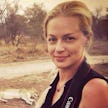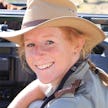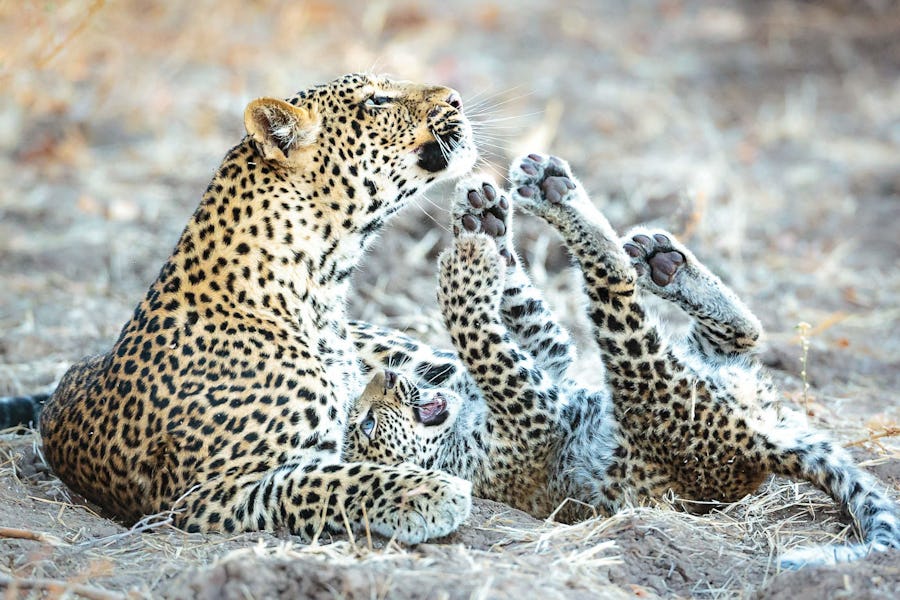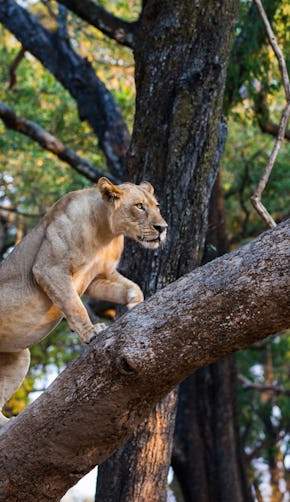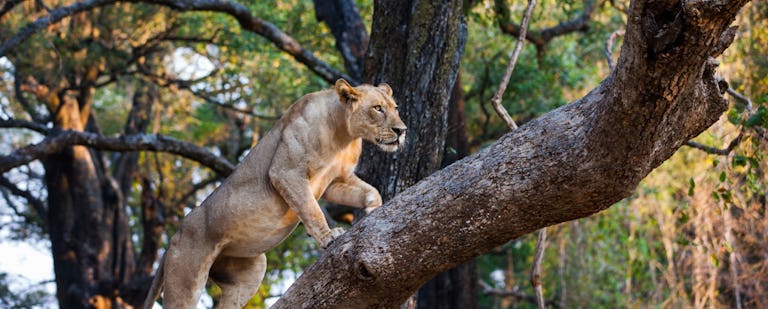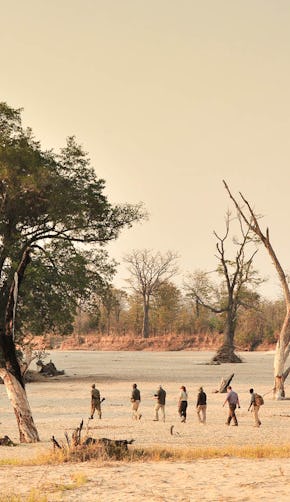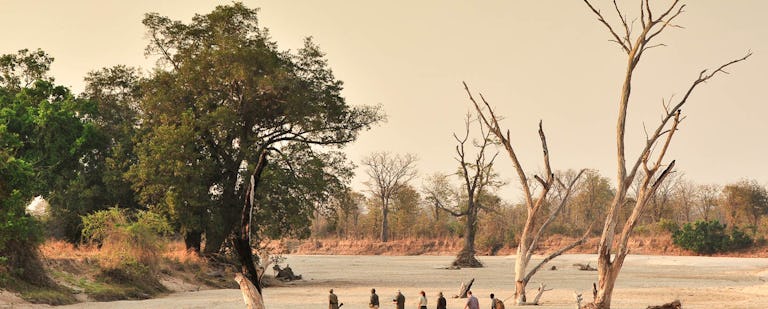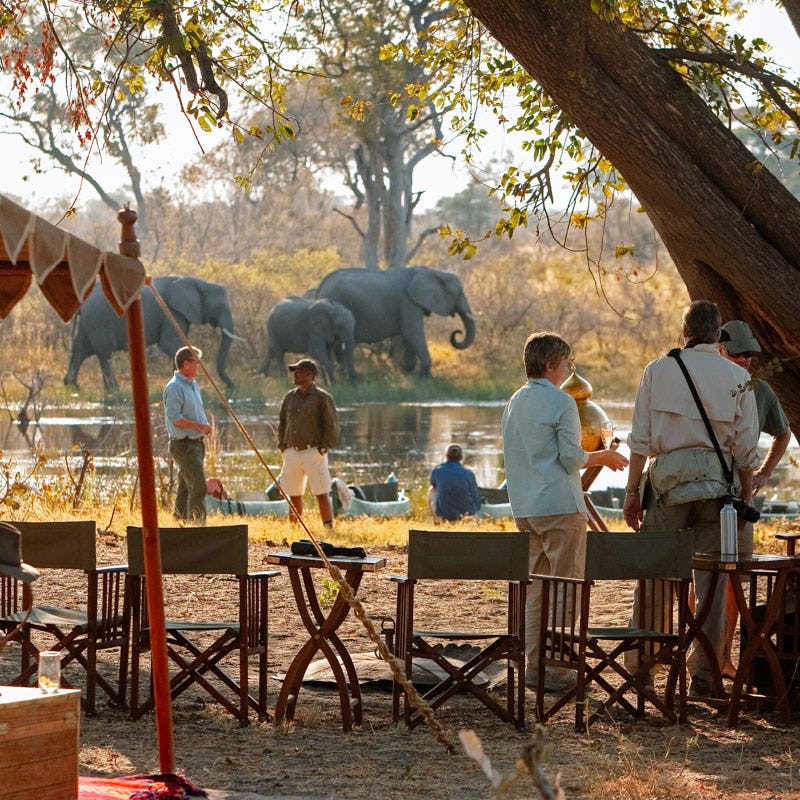Wildlife guru and photographer extraordinaire, Edward Selfe leads photographic safaris from his base in the South Luangwa National Park, Zambia. We picked his brains on the advice he would give to budding photographers on safari and here are his 10 tips on how to move from holiday snaps to wildlife photos that will make you proud!
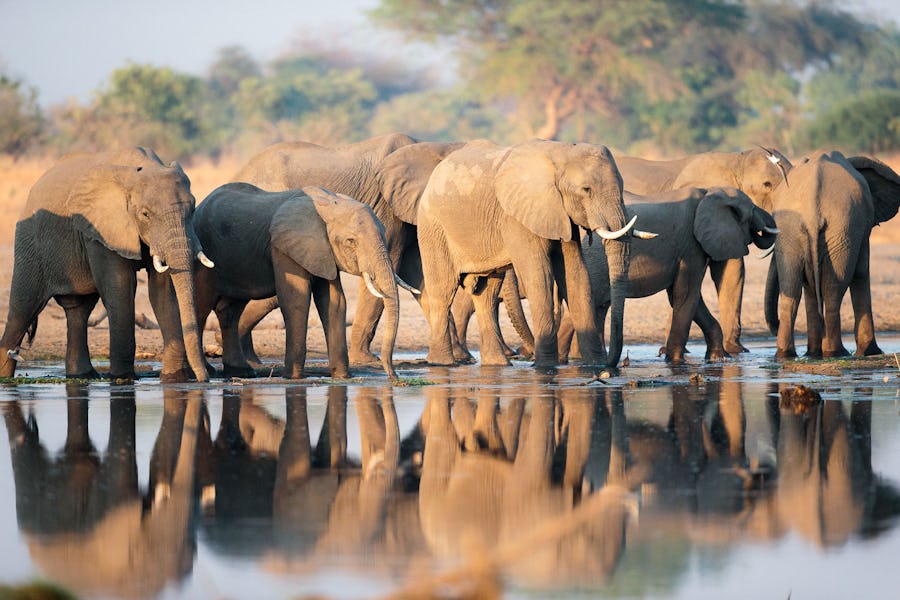
1. Think about the light
Unless the light is very soft (in the early morning or late afternoon) you will usually get the best photographic results with the light roughly behind you, shining onto your subject. If you can choose a position where the light comes from over your right or left shoulder — rather than directly behind — you’ll see the three-dimensional shape and form of your subject appearing in the side-light.
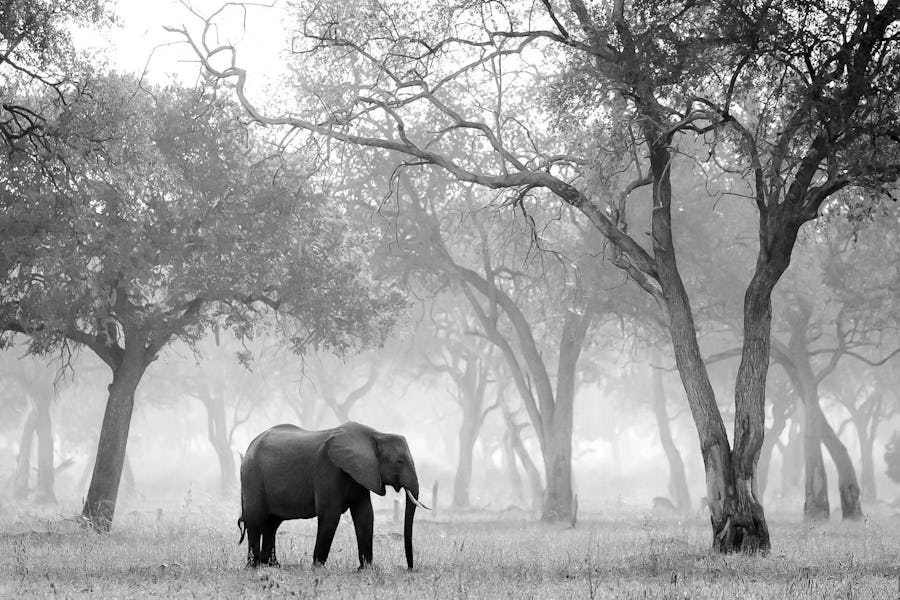
2. Think about composition
The best wildlife photos are about the surroundings of the subject as much as the subject itself. Consider what else is in your frame when you snap your shutter. Do you need so much foreground? What if I zoom in a little more? What about placing the subject away from the centre and including the trees above?
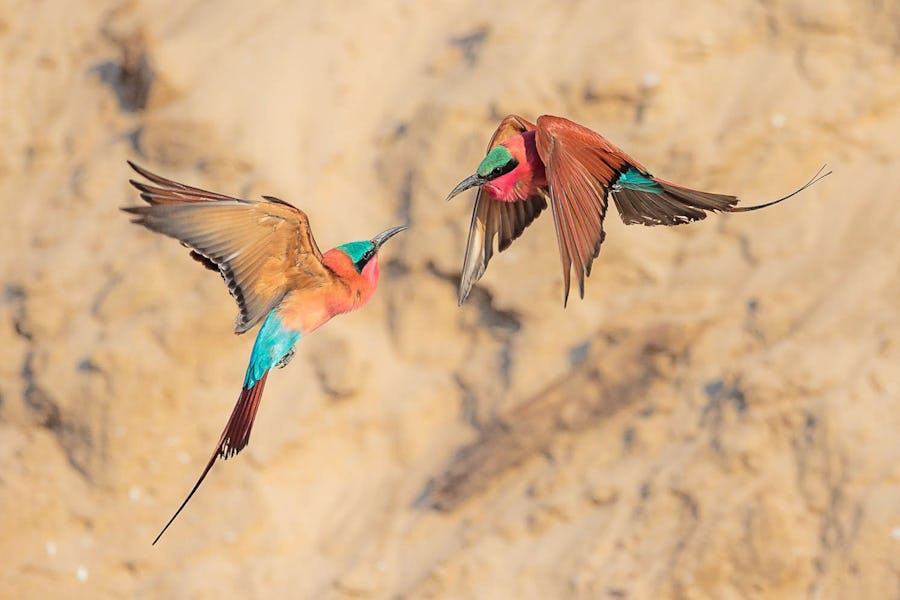
3. Watch for behavior
Always keep your camera ready and watch for interesting interactions. Lions often greet members of their pride when they come close to each other, and birds will regularly preen themselves and pass food gifts to their mates in breeding season. Once you have captured your record shots, observe the subjects closely and watch for brief moments that will make magic images.
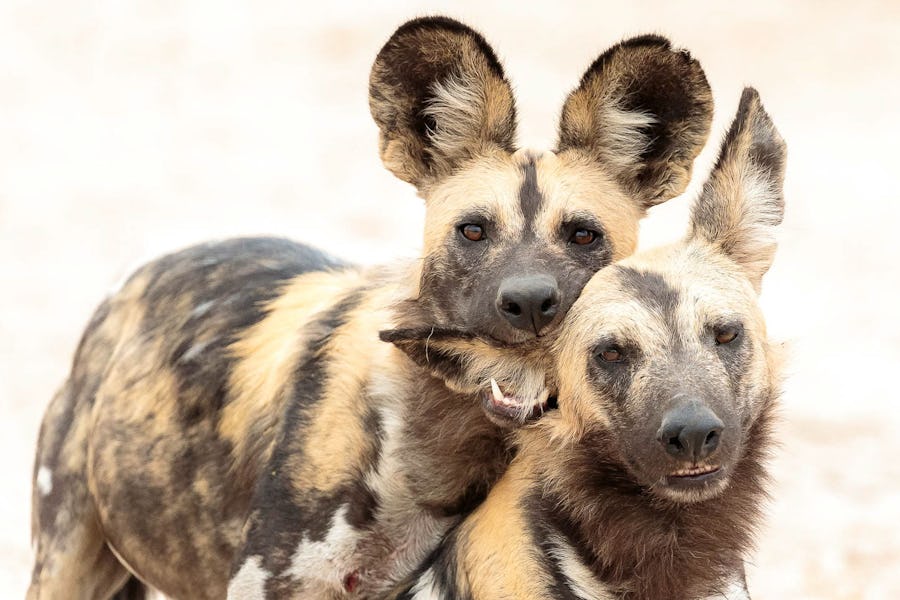
4. Check your photos
It’s important to check the back of your camera regularly to make sure your photos are coming out as you expect. It’s easy to get excited in the moment and not notice that a setting has been changed accidentally or forget that you adjusted something at the previous sighting. A quick glance can save lots of frustration later!
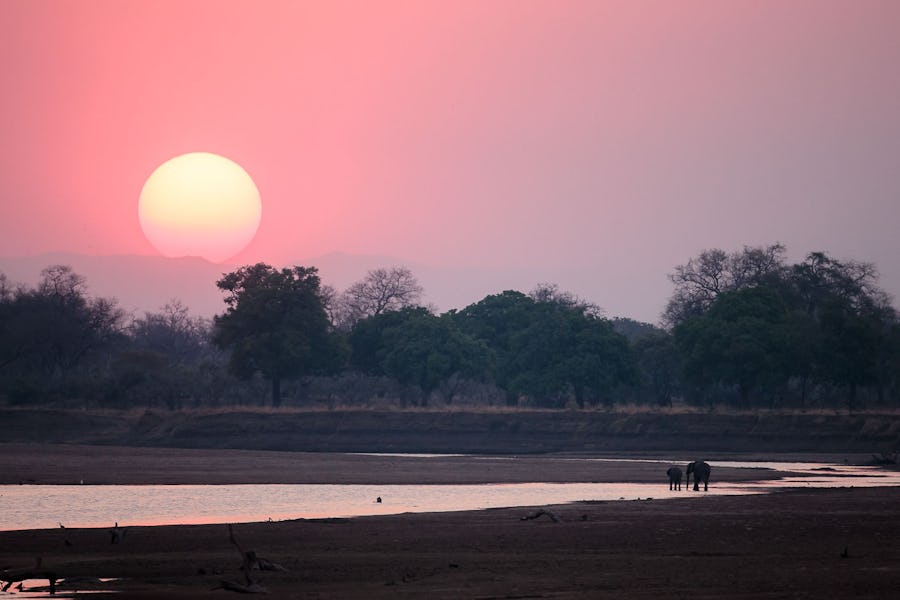
5. Don’t forget to zoom out.
It’s all too easy to snap away when sightings are good, taking multiple images of the same thing. Pause and consider the surroundings; how are other animals in the nearby herd reacting to the event that you are watching? What about including the setting where the action is taking place? Changing your focal length (zooming in and out) will leave you with a range of image styles in your portfolio; you might also be surprised which perspective you like best – sometimes animal-scape images, where the animal is just a small part of the frame, are very effective.
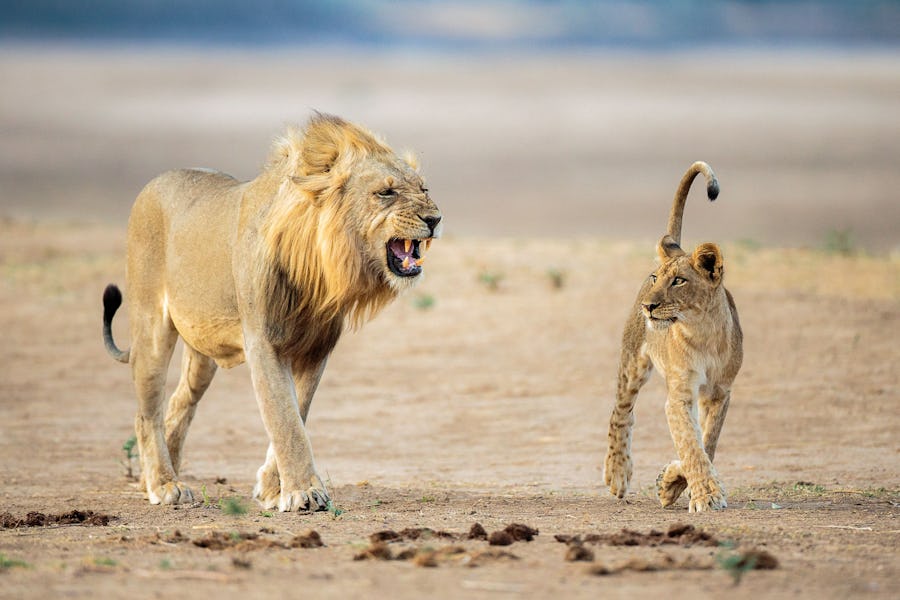
6. Use your camera’s zoom
Getting close to your subject is great, but not if it means you are looking down on it. Keeping back from that pride of lions will give you a lower perspective making the lions look larger and more impressive. It also ensures that the background in your image will be the habitat behind them, rather than the ground below them, which is generally more interesting.
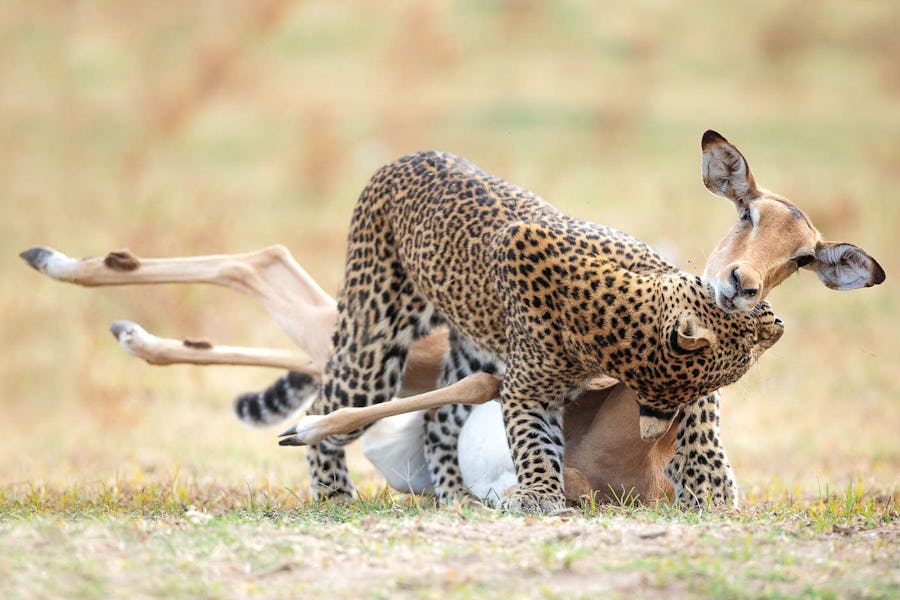
7. Focus very carefully
Modern cameras’ auto-focus capabilities are astounding. They can lock on to and track a moving subject giving you sharp images time and again. But the system is not faultless; it works by detecting high-contrast areas and maximizing that contrast. So, when placing your focus, choose a place with areas of light and dark: an elephant’s eye for example, rather than its plain grey flank.
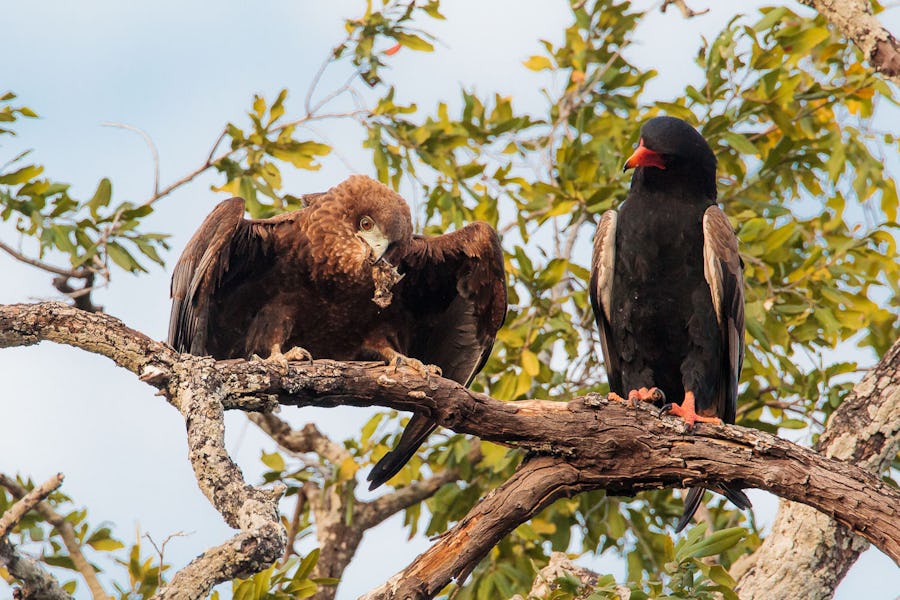
8. Use continuous drive mode
Keeping your camera on “machine-gun” mode will give you multiple images of each scene. It might be that you end up with more images than you need, but study them carefully and you’ll find subtle differences between them. In one, the leopard’s ears may be forward rather than back, giving the cat an interested and engaging appearance. You’ll also be ready to take a burst of images when unexpected action happens, such as when an eagle lifts off from a tree, or an antelope rushes across your path as it flees from a pack of wild dogs.
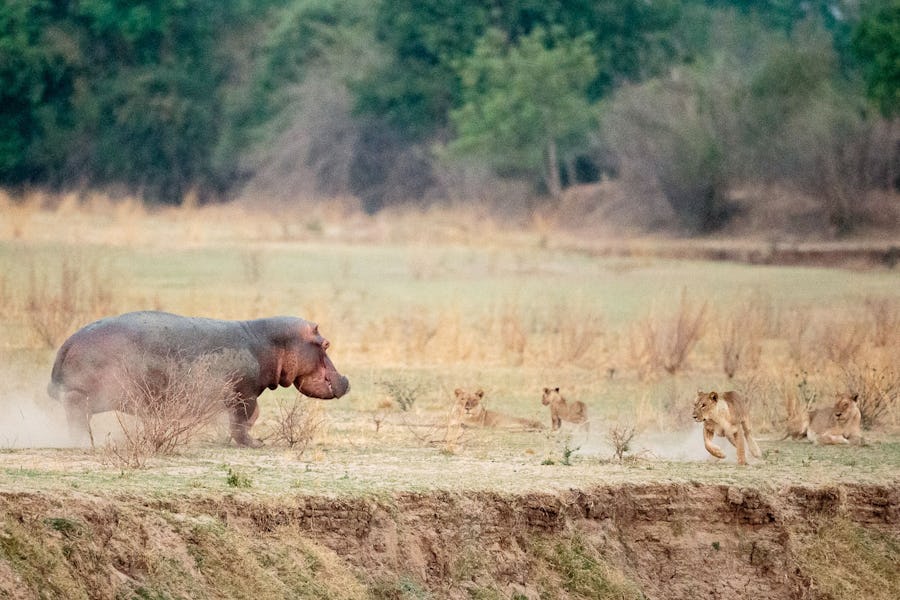
9. Always be ready
As you drive through the bush, keep an eye on your camera’s settings. Ask yourself, “if something happened right now, in these lighting conditions, would I be ready to capture it?”. If the light levels are dropping, you’ll need to adjust your ISO or aperture to gather more light; if you are heading towards a river or lagoon to shoot sunsets, you might want to set a negative exposure compensation to enhance the colours and darken the silhouetted areas. Whatever the situation, keep checking your camera and make sure you’re ready.
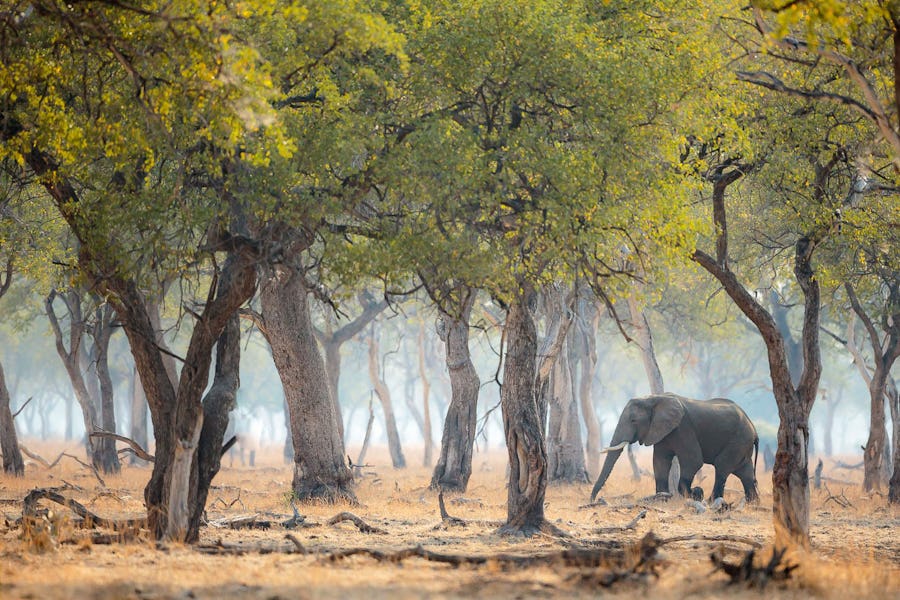
10. Don’t forget to put down your camera sometimes!
Perhaps a strange guideline from a photographer but one that I put above all others. Safaris to Africa make wonderful photo opportunities; but they are also incredible experiences in their own right. Cameras add a lot of fun, but they can be a distraction too. When light, circumstances or extreme excitement make photography difficult, instead of battling against the odds to create an average image, put aside your camera and absorb the scene directly!
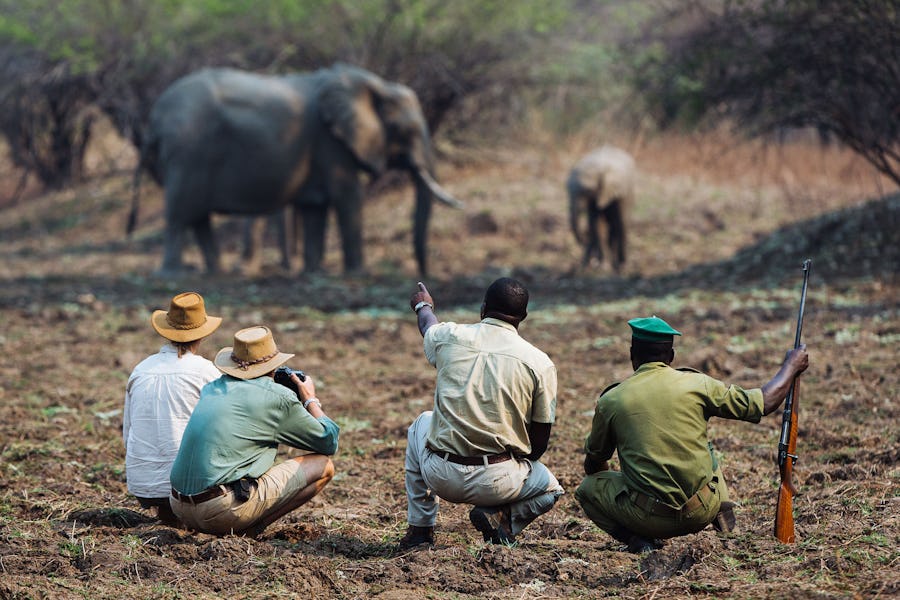
Feeling inspired to test out your new skills? Take a peek at Edward’s trips on the Timbuktu website. Finest South Luangwa combines two stunning camps in the game-rich Nsefu Sector of the South Luangwa – Tena Tena and Nsefu – whilst Exclusive South Luangwa is based at the wonderful Kafunta River Lodge which gives access to all the park’s wildlife hotspots. Edward has also recently started heading further afield with his photographic safaris and trips to Mana Pools in Zimbabwe are in the pipeline for 2019 and 2020. For more information, please get in touch!
Before you travel, brush up on more tips, ideas and advice in the Photo Safari Skills section of Edward’s website and above all, enjoy!





